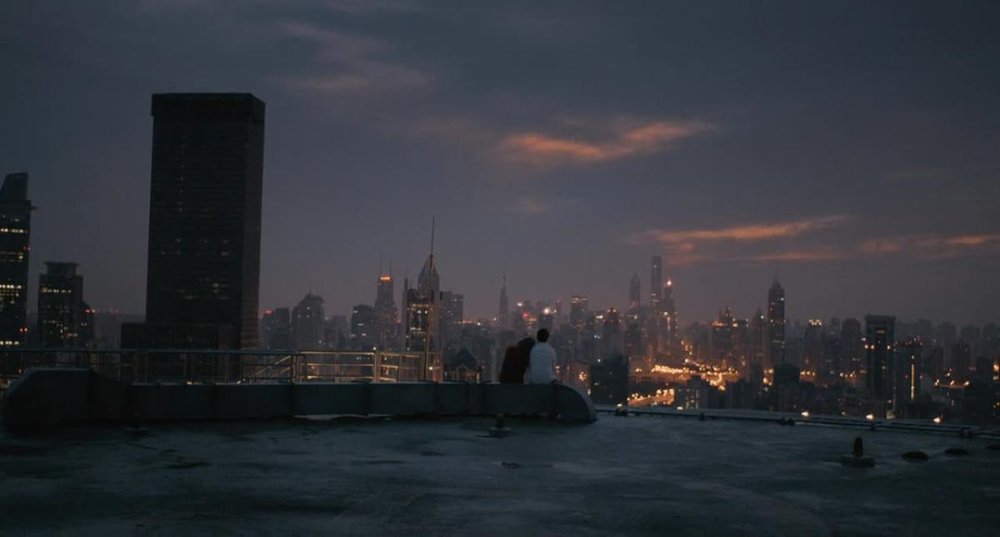
Gabe Phillips
-
Posts
11 -
Joined
-
Last visited
Posts posted by Gabe Phillips
-
-
Can anyone explain the advantages and disadvantages of shooting in 50i vs 25p. I have a C100 which offers both and am trying to get the best footage out of the camera, and need some advice.
Regards
Gabe
-
Hi,
I was wondering if anyone knew of a website where you can download or see custom picture profiles for the Canon C100?
Regards
Gabe
-
Is anyone able to explain the difference between 50i and PF25 to me? I'm new to cinematography and can't seem to get my head around it
-
Hi,
I was wondering if someone could tell me the best and easiest way to make a gif from video.
Cheers
Gabe
-
Hi,
i'm in the market for some new memory cards for my Canon C100, I'm looking at the San Disk Extreme pro 32gb @ 95mb/s and the San Disk extreme 32gb @ 45mb/s.
does anyone have any advice on these two products, plus maybe some advice on storage size?
Cheers
Gabe
-
Hey,
I recently bought a Canon C100 and I'm looking for a new shoulder rig for it, looking to mount a V lock battery on it, obviously the camera and follow focus etc, just the normal things really.
Does anyone have any advice on what i brand or type of rig to buy and maybe any experience with buying rigs, this is the first one i have bought.
Cheers
Gabe
-
Hi,
Im in the middle of doing my folio for studio arts at uni at the moment and I was wondering if anyone can give me advice on lighting using the sun and the optimum times for shooting during the day/ getting night shots over a city but using some light from the sky, like in the photo's from 'Her' that i have placed below (mainly focusing on the screen shot of the rooftop over looking the city).
I have done a bit of reading on the 'Golden hour' and basically want to know what other effects like this you can get from the sun during the day/dusk.
Regards
Gabe
-
I was thinking of using a collapsible reflector to boost the light on the subjects faces while walking, using the natural ambient light around them. But this might give an un natural up lit effect.
-
As I will be shooting in a city with not as much ambient light as time square, does anyone have any lighting tips to get a natural look like this?
-
Hi, I'm making a short film next year, and one of the scenes features two people walking the streets of a city, much like this ( see video below ) i was wondering if anyone could tell me what is the best way to light the actors to get that city night feel? or do i need any other lights at all, will the ambient light of the city do? keeping in mind my rig will consist of a glide cam, and a Canon c100 mk 2. so not much room for big lighting rigs moving with the camera, also its quite low budget film.
any thoughts?
Thanks
Gabe




50i vs 25p
in General Discussion
Posted
Thank you to both of you! That has cleared all my questions about the two formats up completely
Thanks again
Gabe